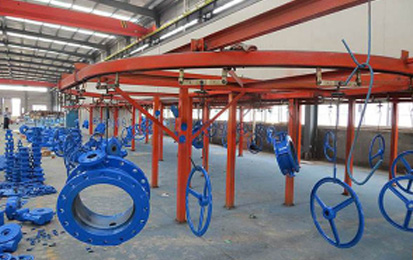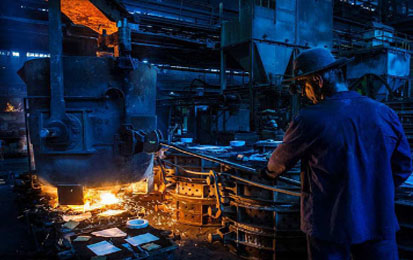The applicable medium temperatures for different valve body and bonnet materials are as follows:
The maximum service temperature of medium suitable for gray cast iron valve body and bonnet is 250 ℃.
The maximum service temperature of the applicable medium for malleable cast iron valve body and bonnet is 300 ℃.
The maximum service temperature of medium suitable for nodular cast iron valve body and bonnet is 350 ℃.
The maximum service temperature of medium suitable for high silicon cast iron valve body and bonnet is 120 ℃.
The maximum service temperature of medium suitable for carbon steel valve body and bonnet is 425 ℃ (forging 16Mn and 30mn can reach 450 ℃).
The maximum service temperature of Cr5Mo alloy steel valve body and bonnet is 550 ℃.
The maximum service temperature of 1Cr18Ni9Ti and Cr18Ni12Mo2Ti stainless steel valve body and bonnet is 600 ℃.
The maximum service temperature of medium suitable for copper alloy valve body and bonnet is 200 ℃.
The maximum service temperature of medium suitable for titanium valve body and bonnet is 300 ℃.
The maximum service temperature of media suitable for plastic valve body and bonnet: Nylon 100 ℃, chlorinated polyether 100 ℃, polyvinyl chloride 60 ℃, polytetrafluoroethylene - 60 ~ 120 ℃, polytetrafluoroethylene - 180 ~ 150 ℃.
Rubber diaphragm valve depends on different types of rubber, natural rubber 60 ℃; Nitrile rubber and neoprene 80 ℃; Fluororubber 150 ℃.
When rubber and plastic are used for valve lining, the temperature resistance of rubber and plastic shall prevail.
Ceramic and glass valves are generally used below 90 ℃ for their poor temperature resistance and rapidity.
The temperature resistance of enamel valve is limited by the sealing ring material, and the maximum medium temperature exceeds 150 ℃.
 0577-86913387
0577-86913387 












 Service Online
Service Online 



